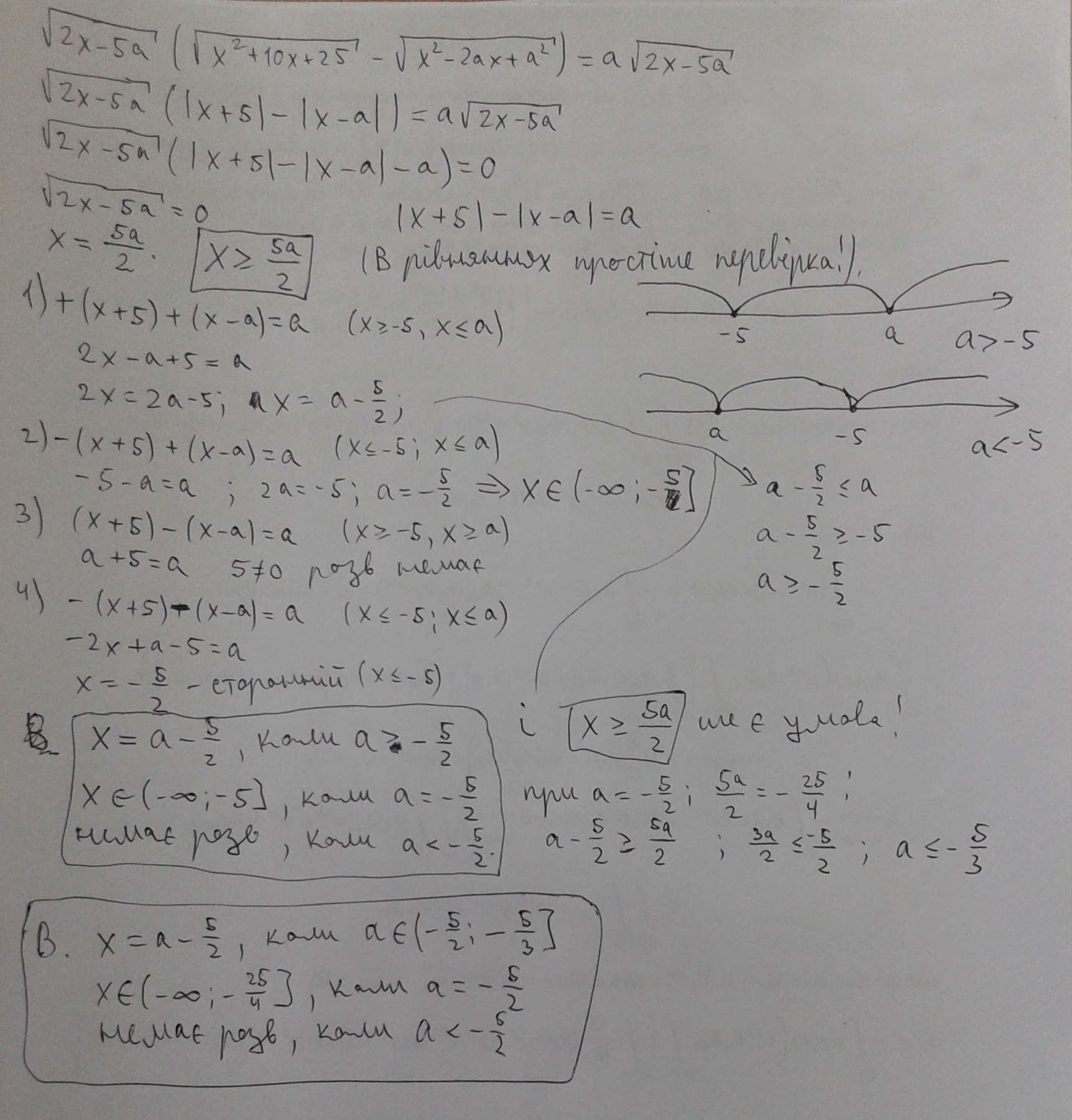Probne Zno 2013 Angljsjka Mova Zavdannya Vdpovd

Selected properties of photovoltaic (PV) structures based on n-type zinc oxide nanorods grown by a low temperature hydrothermal method on p-type silicon substrates (100) are investigated. PV structures were covered with thin films of Al doped ZnO grown by atomic layer deposition acting as transparent electrodes.
The investigated PV structures differ in terms of the shapes and densities of their nanorods. The best response is observed for the structure containing closely-spaced nanorods, which show light conversion efficiency of 3.6%. Introduction Solar cells are intensively studied as an alternative energy source and may replace conventional energy sources based on fossil fuels in the future. Since the first photovoltaic (PV) structures were shown by the Bell Laboratories in the 1950s [], concentrated efforts led to the development of a range of possible PV systems. Nowadays multi-junction photovoltaic structures have an efficiency beyond 40% under laboratory conditions [–].
Typical PV structures achieve an efficiency of about 20% for crystalline silicon [] and about 16% for cadmium telluride []. Unfortunately, the high costs of the generated electricity prevents that PV systems are more widely spread.
The widely applied metal-catalyzed growth mechanism of ZnO nanowires (NWs) is investigated by advanced methods of transmission electron microscopy and is discussed with respect to thermodynamic growth conditions. Au catalyst particles do not contain a substantial amount of Zn proving a solid Au catalyst at 1173 K growth temperature. Figure 3 ZnO nanowire array length dependence on the growth time. Inset is a cross-sectional FESEM image of a nanowire array with a length of 31 μm.
The interest in photovoltaic (PV) structures stems from the fact that solar cells are environmentally friendly, rather than from the low costs of energy production. To reduce these costs, efforts to improve efficiency and a concentrated search for cheaper materials and structures are undertaken. Wide band gap semiconductors have been studied since the 1930s [], and several applications have been found in the past decades. For example, they are used in PV systems based on thin films, so-called PV structures of the second generation [–].
At the moment, zinc oxide is the most studied wide band gap material [–]. ZnO has a 3.37 eV direct band gap at room temperature [] and a high excitation binding energy of 60 meV. It is intensively studied for light emitters in the near-UV region of the spectrum [–], or for spintronic applications [–], since ferromagnetic thin films of ZnO can be used to store data for a long period of time []. In PV structures, ZnO can replace the commonly used indium tin oxide (ITO) as a transparent electrode. Manifold system 8010 ultimate edition. Thin films of ZnO doped with aluminum (ZnO:Al, AZO) or gallium (ZnO:Ga, GZO) obtained by various deposition methods, show a resistivity of the order of 10 −4 Ωcm and a high transparency [–]. Due to these properties and the low costs of ZnO and deposition methods, ZnO:Al films may be used in PV structures as a replacement for expensive ITO layers [–].